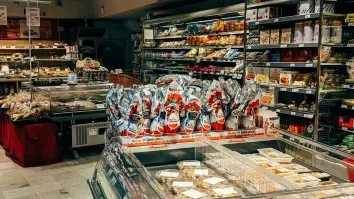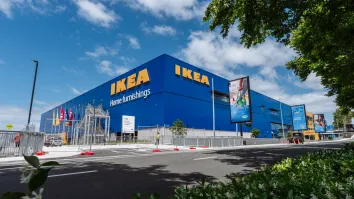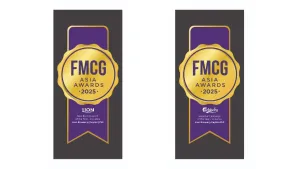The mobile payments revolution
How to be ready for the tipping point
We are moving away from being a cash-based society, though slowly, but surely. However, watch out for the coming years. Gartner predicts the global transaction volume and value for mobile payments to experience an “estimated average 35% annual growth between 2012 and 2017, with a market worth of US$721 billion and more than 450 million users by 2017”. Will 2015 be the breakthrough year for m-commerce? Vanessa Ching reports.
Consumers want a seamless experience for mobile payments, and a good reason to go bare and cashless. How feasible is m-payments and its ease of use? When it comes to trust — there is much still to be concerned about, with fraud and data breaches. How safe is it? For merchants wanting to take part in the revolution and future-proof themselves, choosing the right system and partner is a challenge.
With more than 90% of smartphone users being rarely more than 2ft away from their devices, gone are the days when the phone is used for just talk time. Consumers are now increasingly immersed in the omni-channel experi- ence — using the smartphones daily for shopping, banking, payment and more.
Mobile payments include e-com- merce transactions on the mobile as well as mobile payments in-store. Mobile payment in-stores, or mPOS, is now becoming increasingly crucial for stores to engage and maintain the consumers’ attention, and also to provide a seamless shopping experience.
East meets West
Globally, Asia-Pacific users is the largest group embracing mobile payments, leading at 37.3%, followed by Africa (24.8%), North America (18%) and Europe (13.7%). The Middle East lags behind at a paltry 1%.
Globally, m-commerce is forecast
to hit US$500 billion by 2016, from US$230 billion in 2014. Currently, Asia makes up about 40% of m-commerce.
The West still has to play catch-up to the East, as mPOS has yet to be embraced in the mainstream even with big tech companies’ efforts. The growth in the mPOS space is expected to be at a massive 100% globally this year, with substantial growth anticipated from the Asia-Pacific region. However, it is in Europe and the US where it is expected to see an explosion of growth.
Dynamic, diverse Asia users
Asia, with 55.6% of world population and 1.2 billion Internet users, has a 30% Internet penetration. Mobile penetration is at about 65% (2014), in which more than half are smartphone users.
Asia-Pacific has 3.6 billion mobile subscriptions, making up 52.1% of glob- al mobile subscriptions. Asia currently has double the amount of mobile pay- ment users compared to North America and three times more than Europe.
ASEAN (Association of Southeast Asian Nations making up of Singapore, Malaysia, Indonesia, Thailand, the Philippines and Vietnam) region, with the highest smartphone users globally, has predicted that e-commerce spend to surge from US$7 billion to US$34.5 billion in 2018.
In China, 70% of its 1.4 billion population own a smartphone. From 618 million Internet users, 500 million, or 80%, uses a mobile device to access the Internet. M-commerce sales make up 9.1% of total e-commerce sales in China, with an expected growth to 24.2% in 2017. China is experiencing a fast take- up of mobile payment apps, growing at 73.2%, and mobile banking, at 69%.
Read more Trends & Technology stories:



















 Advertise
Advertise






